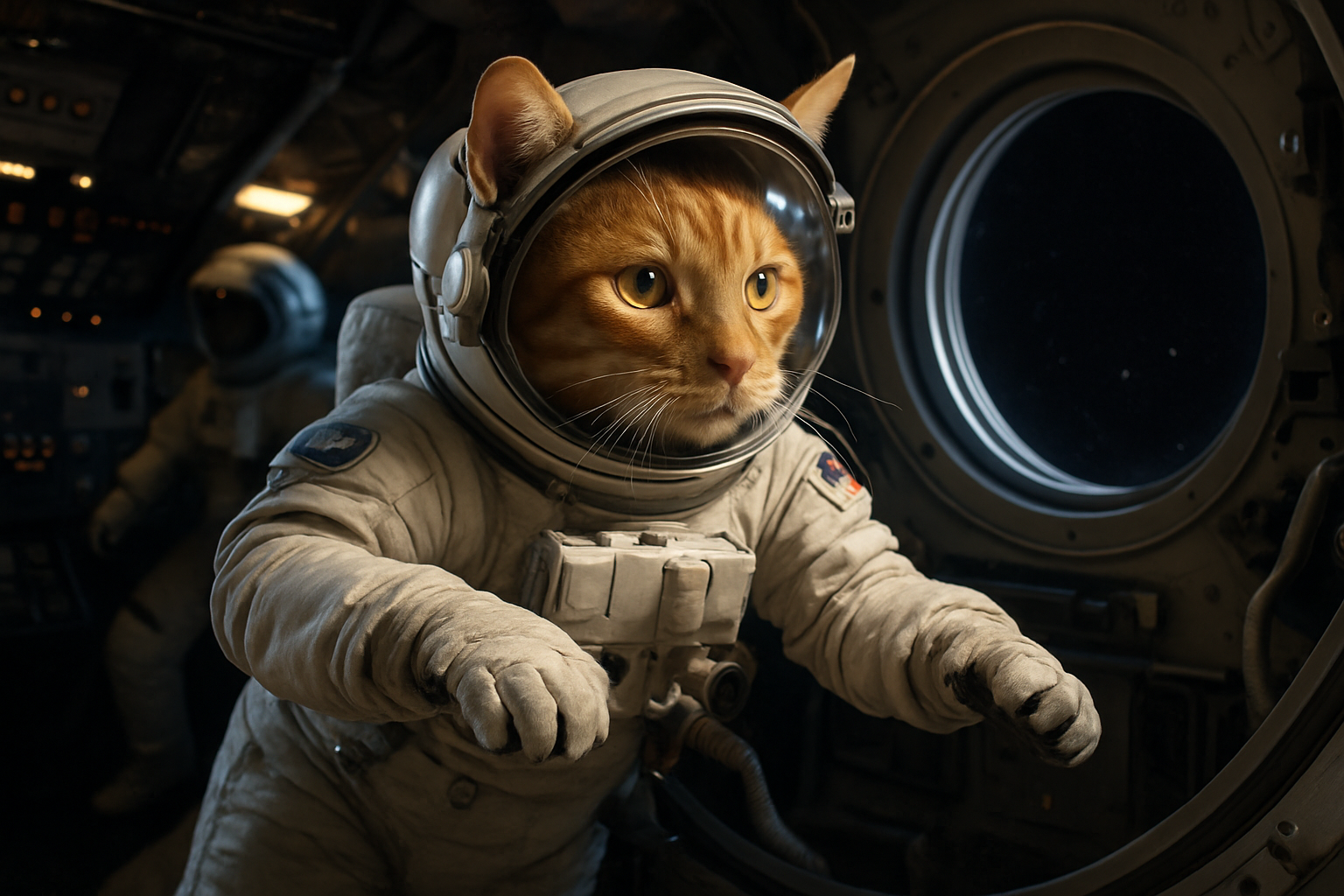Suborbital Space Tourism: The Next Frontier of Adventure Travel
Imagine floating weightlessly, gazing at the curvature of the Earth against the inky blackness of space. This isn't a scene from a sci-fi movie, but a reality for a new breed of adventurers. Suborbital space tourism is poised to revolutionize the travel industry, offering thrill-seekers the ultimate high-altitude experience. As companies race to make space accessible, we explore this emerging frontier of adventure travel.

The concept of space tourism isn’t new. In 2001, Dennis Tito became the first space tourist, paying a reported $20 million for a trip to the International Space Station. However, the current wave of suborbital tourism aims to dramatically lower costs and increase accessibility, potentially opening up space travel to a broader audience.
Key Players in the Suborbital Space Race
Several companies are vying for dominance in this nascent market. Virgin Galactic, founded by Richard Branson, has been a pioneer in the field. Their SpaceShipTwo vehicle is designed to carry six passengers and two pilots to an altitude of about 80 kilometers. Blue Origin, founded by Amazon’s Jeff Bezos, is another major contender with its New Shepard vehicle, capable of reaching altitudes over 100 kilometers.
These companies are not just competing on altitude or passenger capacity. They’re also innovating in areas like launch methods, spacecraft design, and overall customer experience. For instance, Virgin Galactic uses a carrier aircraft for initial ascent, while Blue Origin employs a more traditional rocket launch.
The Suborbital Experience
A typical suborbital space flight lasts about 10-15 minutes from launch to landing. Passengers experience a few minutes of intense G-forces during ascent, followed by several minutes of weightlessness at the flight’s apex. During this period, travelers can unbuckle and float freely in the cabin, enjoying panoramic views of Earth through large windows.
The experience also includes comprehensive pre-flight training. This typically spans several days and covers safety procedures, weightlessness adaptation, and mission protocols. Post-flight, passengers often receive a customized flight suit, mission patch, and video recordings of their journey.
Challenges and Controversies
While the promise of suborbital space tourism is exciting, it’s not without challenges. Safety is paramount, and companies must demonstrate rigorous testing and fail-safe mechanisms to ensure passenger wellbeing. The 2014 crash of Virgin Galactic’s SpaceShipTwo during a test flight highlighted the risks involved and led to enhanced safety measures across the industry.
Environmental concerns also loom large. The carbon footprint of space tourism is significant, with each flight producing emissions equivalent to a long-haul airline journey. Companies are exploring ways to mitigate this impact, including the use of sustainable fuels and carbon offset programs.
There’s also the question of accessibility. While prices have dropped significantly from the $20 million paid by early space tourists, current estimates still range from $250,000 to $500,000 per seat. This puts space tourism firmly in the luxury market, raising questions about equity and the democratization of space travel.
Impact on the Travel Industry
Suborbital space tourism is set to disrupt the luxury travel market. It offers a unique selling proposition for high-net-worth individuals seeking novel experiences. Travel agencies specializing in extreme adventures are already partnering with space companies to offer exclusive packages.
The ripple effects extend beyond just the flights themselves. Spaceports are becoming tourist attractions in their own right, with visitors flocking to witness launches and soak in the atmosphere of these futuristic facilities. This is creating new opportunities for local economies in areas hosting these spaceports.
Moreover, the technology developed for space tourism has potential applications in long-haul travel. Companies are exploring the possibility of using suborbital flights for ultra-fast intercontinental travel, potentially reducing journey times between distant cities to just a couple of hours.
Cosmic Insights: What to Know Before You Go
• Altitude matters: Suborbital flights reach between 80-100 km above Earth’s surface, just touching the edge of space.
• Duration is brief: The entire flight experience lasts about 10-15 minutes, with only a few minutes of actual weightlessness.
• Training is essential: Passengers undergo several days of preparation, including medical checks and weightlessness simulations.
• Pricing is premium: Current estimates range from $250,000 to $500,000 per seat, making it a luxury experience.
• Age is not a barrier: While there are health requirements, both young adults and seniors have participated in test flights.
• Views are unparalleled: Passengers witness the curvature of the Earth and the blackness of space, a perspective shared by few.
The Future of Space Tourism
As technology advances and more players enter the market, the future of suborbital space tourism looks promising. Prices are expected to decrease as operations scale up, potentially making space travel accessible to a broader audience. The industry’s growth could also spur advancements in aerospace technology, benefiting other sectors.
Suborbital space tourism represents more than just a new travel trend; it’s a leap into the future of human exploration. As we stand on the brink of this new era, one thing is clear: the sky is no longer the limit for adventure-seeking travelers.




